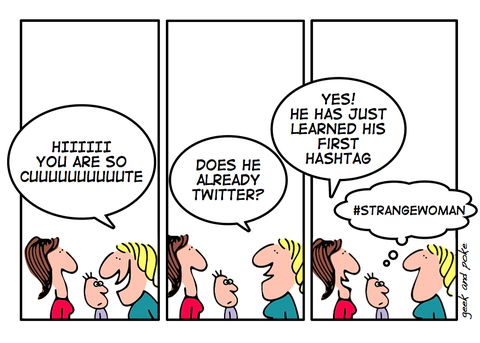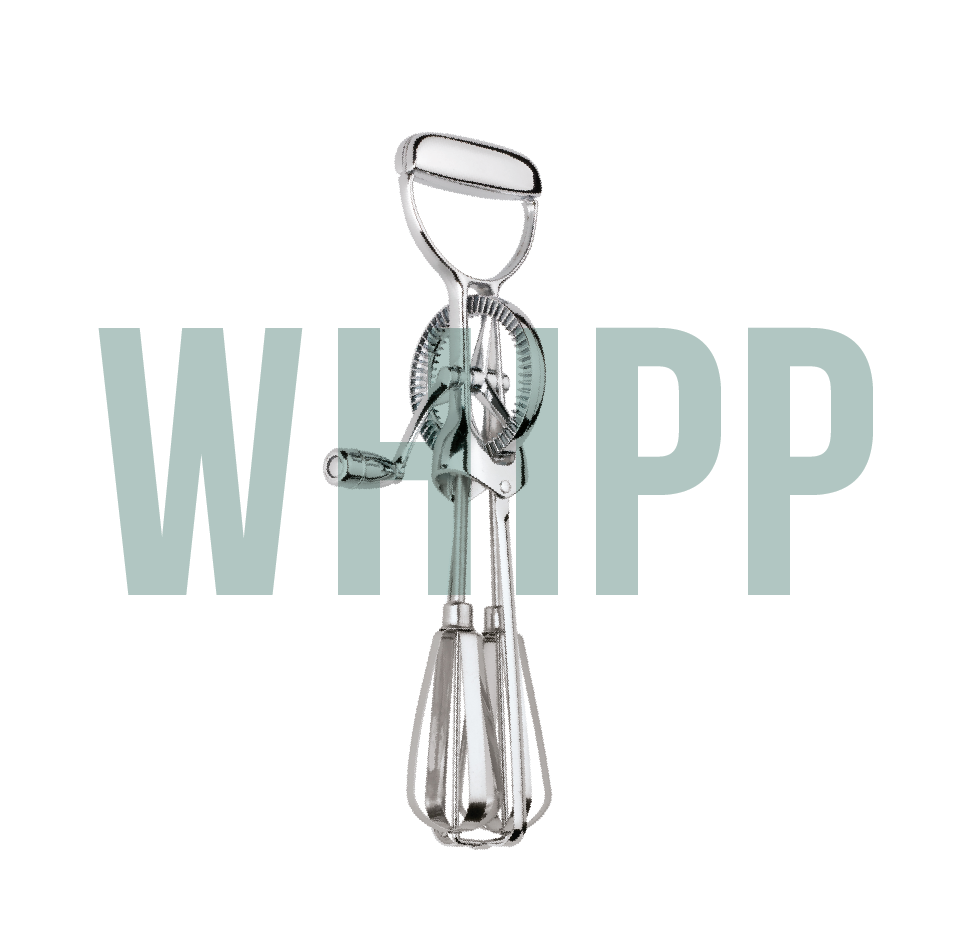
#What #Does #This #Hashtag #Do, #Anyway?
It’s pretty much impossible to get on Twitter or Facebook and not see a hashtag somewhere on a post by a friend or acquaintance. You know, those little number signs with words attached, #hashtag, for example, and that hyperlinked sign has stirred up everything from Jimmy Kimmel to the White House and beyond.
Since it’s first official adoption in 2009, the hashtag has become a widely used filtering and tagging instrument throughout the Internet world. The thing is, metadata tags have been around since 1988, used on Internet Relay Chat for grouping content into categories so that a user can search a keyword to find all the relevant content associated with them. Now, hashtags are used by millions, even including President Obama.
So what is all of the hoopla about? For all of the rants and raves about hashtags that seem to float around the Internet, it really seems like a basic concept to everyone who would rather find all related content with a single click rather than weeding through the masses of messages. Some are upset about the lack of rules with using hashtags, with claims that its inevitability for exploitation leaves it extremely vulnerable for others to use it maliciously.
But really, it seems as though many looked at the hashtag as a new medium to add humor and satire to messages, almost as subtext or direction allowing background into the message. And honestly, there’s nothing wrong with that.
It wasn’t until 2009 that Twitter officially adopted the hashtag and began to include hyperlinks to any word or word grouping with a # symbol in front of it. The hashtag was later held on a pedestal when trends, specifically Twitter’s “Trending Topics” began to show off the most popular hashtags. In this way, the hashtag creates fame around the topics included, both positively and negatively, a power that can be both empowering and endlessly scary for companies and individuals alike.
And though you’ll have the occasional celebrity news hastag trending some news story about someone sleeping with someone else’s director’s sister’s cousin, and #blessed (which seriously is still happening), corporations really need to step up their hashtag game to make themselves both relevant and real. By repeatedly posting hashtags about the same topic, you not only will drive traffic and attention to your post, but also will be able to identify with others doing the same. This works great at events and expos where individuals can identify themselves, make suggestions, ask questions, and connect with other like-individuals based on their posts.
Using hashtags is not only a great way to include your fans and customers but also to make sure your campaign is cohesive. Just make sure to check your hashtags before linking your posts to them. You never know when your #notguilty hashtag about Entenmanns snack foods will end up grouped together with Casey Anthony. And nobody wants that.
(Image via: Keithpaul.net)



Sorry, the comment form is closed at this time.